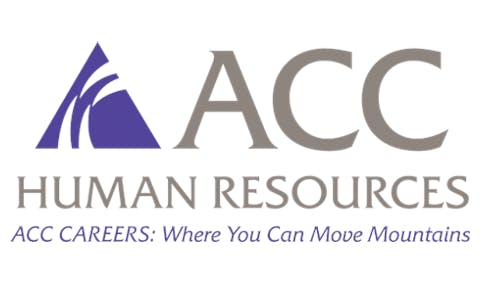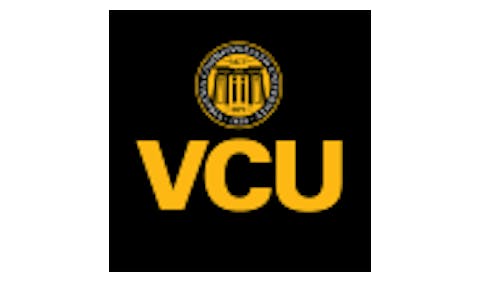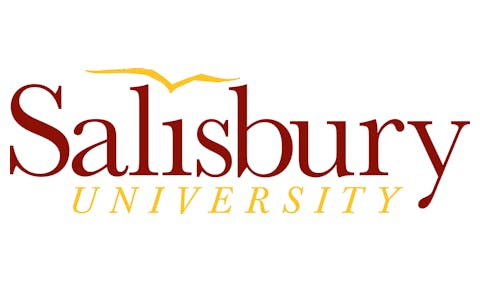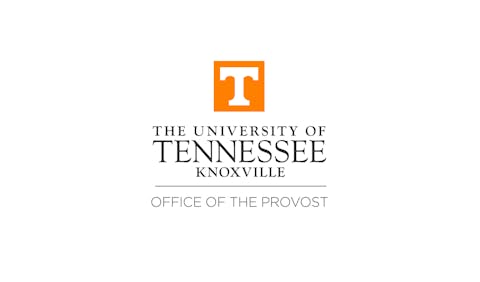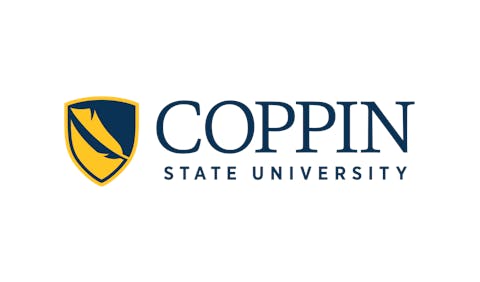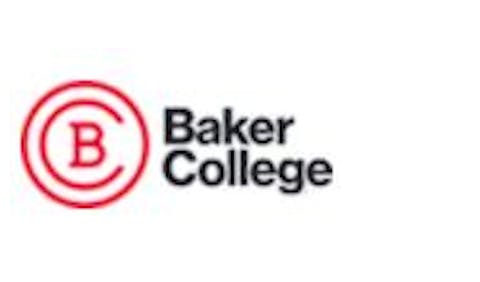Austin Grimmett stood at the locked glass doors of West Virginia University at Parkersburg on a cold January day in 2015, pulling desperately on the handles with his mother by his side. The registration deadline had passed, and the first-generation college student from Wirt County—the least populated county in West Virginia — thought his chance at higher education had slipped away.
 Dr. Chris Gilmer
Dr. Chris Gilmer
Grimmett’s story embodies the mission of the National Institutes for Historically-Underserved Students (NIHUS), an organization that has spent nearly a decade challenging higher education to think beyond single-issue advocacy and embrace what founder Dr. Chris Gilmer calls "multiple consciousness."
“We’re all more complicated than any one thing, more than if somebody puts a label on us or we put a label on ourselves,” says Gilmer, a veteran higher education leader who served as president of West Virginia University at Parkersburg. He recently took the helm as president of Heritage University and currently serves as chair of NIHUS. “We’re all a whole lot of different things at one time, and nobody had really come together to think about that.”
From Colorado Ranch to National Movement
The idea for NIHUS crystallized in Gilmer’s mind during his more than 15-year career in the HBCU system. While organizations like the United Negro College Fund and the Thurgood Marshall College Fund effectively served historically Black colleges and the Hispanic Association of Colleges and Universities supported Hispanic-serving institutions, Gilmer noticed a gap.
“There really was not a group that was thinking about intersectionality,” he explains. “And to me that’s the most important word for the National Institutes.”
 Austin Grimmett
Austin Grimmett
Arnold Salazar’s emotional welcome captured the moment’s gravity.
“He started to cry and he lost the ability to speak for a minute,” Gilmer recalls. “And he said, ‘Here’s what this moment in time makes me think of. I marched on picket lines so that my children wouldn’t have to, and now it looks to me like my grandchildren are going to have to do it all over again.’”
That first convening produced what the group calls a “Declaration on the Rights of Historically Underserved Students,” a document that Gilmer says “holds up today” nearly a decade later. Crucially, student voices were central to its creation — a deliberate choice reflecting Gilmer’s belief that “the greatest arrogance of higher education is that we leave students out of the conversations that most relate to them.”
Building Bridges, Not Silos
Since 2016, NIHUS has held four convenings, including one during the COVID-19 pandemic that brought together students from HBCUs, Appalachian colleges, Hispanic colleges, and Native American colleges in an online town hall. The most recent gathering took place in May 2025 at Tougaloo College in Mississippi, where delegates experienced what Gilmer describes as “the power of the sharing.”
 Participants of the National Institutes for Historically-Underserved Students (NIHUS) at Tougaloo College last May. National Institutes for Historically-Underserved Students (NIHUS).
Participants of the National Institutes for Historically-Underserved Students (NIHUS) at Tougaloo College last May. National Institutes for Historically-Underserved Students (NIHUS).
“Chris came to me with an idea about establishing the Institutes,” Lee says. “There was not a great deal of focus on those individuals who, for whatever reason, had been subjected to a lack of attention, lack of resources, lack of proper diagnoses and lack of proper care.”
What emerged was more than just another advocacy organization. NIHUS operates on the principle that there are more than 700 minority-serving institutions educating 20 percent of all the students in the country, yet they often work in isolation.
“There’s a power in being one of 700 that you don’t have in being one of one,” Gilmer argues. He envisions NIHUS serving as a bridge between different types of minority-serving institutions, facilitating student exchanges, faculty partnerships, and shared resources.
The organization has already begun building such connections. At a Society for College and University Planning conference in Hawaii, Gilmer brought together MSI presidents from a diverse range of institutions — from an 80,000-student community college district in Houston to small private HBCUs like Heritage and Tougaloo, to the University of Hawaii system. These leaders have committed to expanding the collaborative model.
Tools for transformation
Perhaps NIHUS’s most concrete contribution to higher education is the “By Us For Us” toolkit, developed with extensive input from Dr. Latara O. Lampkin, a researcher who has dedicated hundreds of hours to the project. The research-based assessment tool helps colleges and universities evaluate their readiness to serve underserved students.
“What sets this apart,” Gilmer explains, “is that there are a lot of groups out there that have developed products with this intent, but they’ve never been developed by minority — or if you like the term better as I do, new majority — audiences.”
The toolkit has undergone pilot testing at multiple institutions, with feedback leading to refinements. Currently distributed at no cost, it represents the kind of practical resource that could have broader impact with proper funding and staffing.
Lampkin, who serves on NIHUS’s advisory board, emphasizes the collaborative approach that defines the organization’s work.
“It really is about recognizing that we have these individual issues or areas that we focus on in trying to educate certain populations, but there’s this whole intersectionality that takes place,” she says. “We often find ourselves competing for resources, but the Institutes provide an opportunity to think about how we can leverage partnerships to get the outcomes we’re seeking collectively.”
Student voices at the center
Grimmett’s journey from car salesman to prosecutor illustrates NIHUS’s impact on individual lives. After registering for classes that January day in 2015, he became student government president at WVU Parkersburg and graduated in 2019. Following a bridge year as Gilmer’s special assistant for diversity and inclusion, he attended Ohio State University College of Law, worked as a federal prosecutor, and returned home to run successfully for county prosecutor.
“I grew up here in West Virginia in the most rural, the least populated county in the state,” Grimmett explains. “No one in my family lineage had obtained an education past 12th grade.” The NIHUS convening in West Virginia opened his eyes to new possibilities. “I had always thought about being Appalachian more than I had ever thought about any of these other things that I am.”
Urgent mission in challenging times
The need for NIHUS’s work has only intensified since that first gathering in 2016. Gilmer acknowledges feeling what his mother would call “properly afraid” — not for himself, but for students facing what he sees as unprecedented attacks on higher education and minority-serving institutions.
“I have become properly afraid for our students, I’m properly afraid for new majority people,” he says. “I’m properly afraid every time I listen to the news about the things that are happening in this country that I never believed would happen in the United States of America.”
Yet this fear fuels determination rather than despair. Drawing on the legacy of civil rights activist Fannie Lou Hamer, Gilmer notes that progress requires persistent advocacy. “No one ever gave a minority or a new majority person or an LGBTQ person like me, or a first-generation student too many things that we did not insist upon as our rights.”
Despite its impact, NIHUS operates entirely on volunteer labor, with no paid staff or consistent funding stream. Gilmer has used small grants and discretionary funds to support the annual convenings, but recognizes the organization needs “a home” and dedicated resources to reach its full potential. An influx of funding could provide the stable base needed to expand from one annual convening to multiple gatherings and broader dissemination of tools like the readiness assessment.
“I want my child to grow up and go out on its own and raise its own family,” Gilmer says of NIHUS’s future. “And then I want to love it at Christmas and on all of the holidays, but I realize that it needs to grow beyond the capacity that I have to manage it.”
The organization’s model of bringing together 40-50 people for deep conversation rather than large conference-style presentations has proven effective, but Gilmer envisions scaling both the frequency of convenings and the breadth of programming. The goal remains the same: building bridges across the artificial silos that too often separate minority-serving institutions and the students they serve.
As higher education faces increasing political pressure and resource constraints, NIHUS offers a different path forward — one that recognizes the complexity of human identity and the power of collaboration over competition. In Grimmett’s words, it’s about understanding that “we are better together versus going it alone.”
For a first-generation student from rural West Virginia, that philosophy opened doors that might otherwise have remained locked. For higher education as a whole, it might just point the way toward a more inclusive and effective future.










